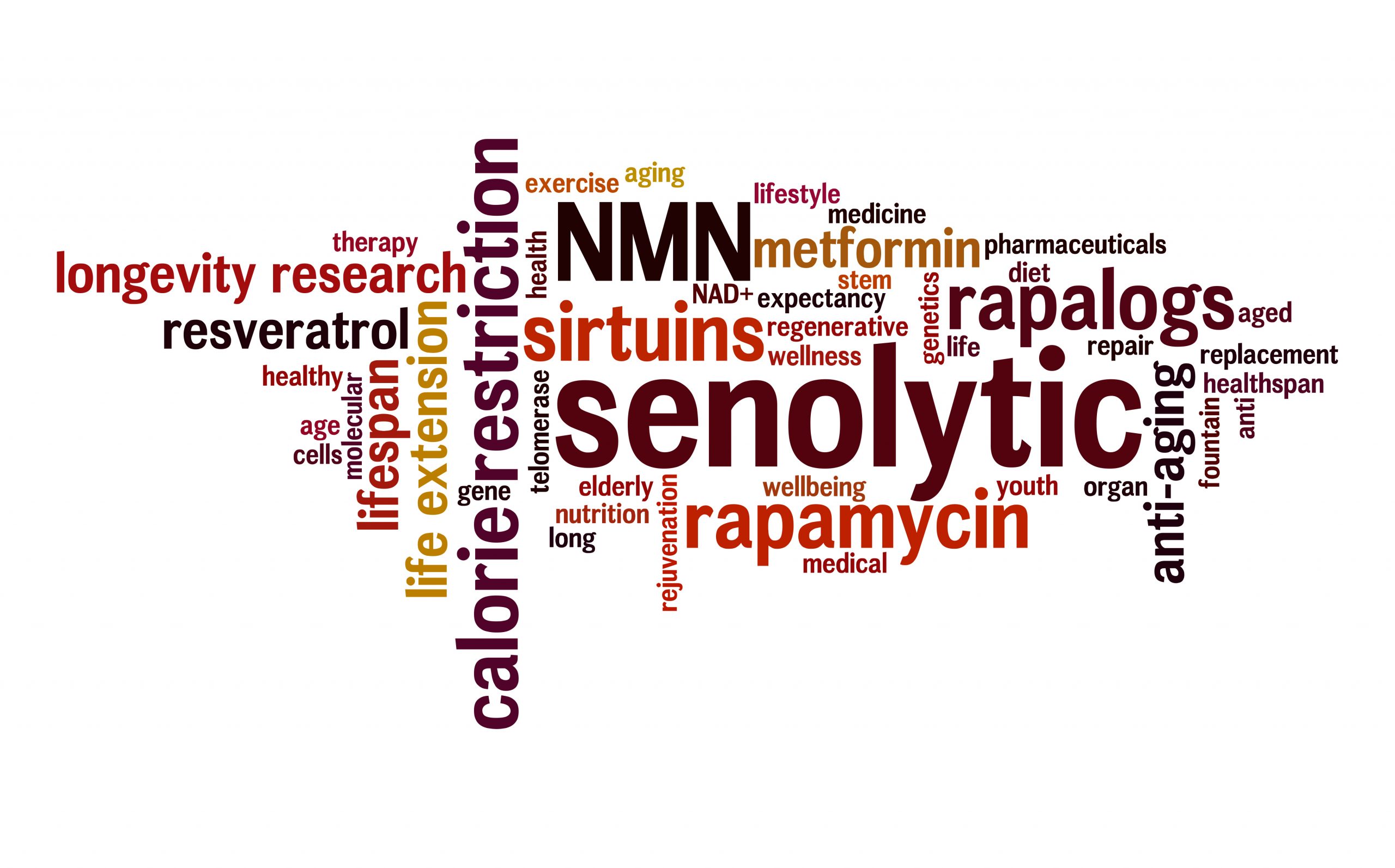
Did you know we have zombie cells in our bodies?
June 27th, 2023Senescence is the name given to the biological ageing process which involves a build-up of senescent cells, otherwise known as zombie cells. These senescent cells are largely to blame for several age-related health problems including macular degeneration, lung fibrosis and osteoarthritis
Senescent cells in the body refuse to die
The body produces senescent cells that refuse to die. They secrete chemicals that inflame tissue, increasing the risk of disease or a condition.
Proteins in the body become less responsive as we age causing the cells to become senescent
As we age the balance of mRNA isoforms (messenger ribonucleic acid) made from each gene in the body is critical for long-term health. The choice of which isoforms are produced is made by a set of regulatory proteins that are collectively termed splicing factors. Those proteins become less responsive as we get older. Lorna Harries at the University of Exeter explains, “This causes cells to become senescent, and with that comes greater likelihood of disease,” says Harries, who is a chief scientific officer at Senisca in Exeter.
Having the ability to remove senescent cells in aged tissue and organs has been shown to be capable of bringing around rejuvenation
Seneca is a spin-out company from the University of Exeter, they want to turn back the ageing clock by manipulating genetic molecules to return cells to a younger state, to reverse senescence.
Using Oligonucleotide based therapeutic approaches to reset splicing factor levels. They hope to get a better understanding of the molecular basis of rejuvenation and find new treatments for diseases and aesthetic aspects of ageing.
companies and researchers exploring this field to target senescent cells with the view of taming senescence. For example, Christopher Wiley (Tufts University, Boston, US) is focusing on how metabolism and nutrition impacts senescence in the cells. This is largely driven by a desire to help people who suffer from health conditions such as Alzheimer’s; he is quoted as saying, “he stared back at me as if I were a stranger”.
Between 2020-2021 the university spent more than $197m on sponsored research for health, medicine and dental.
Life choices and zombie cells
Pollution, UV radiation, and lifestyle choices lead to dysfunctional cells in our bodies damaging our physical and mental health. When zombie cells are triggered damage can be done to sirtuin levels, mitochondria, telomeres and DNA. They can cause oxidative stress and metabolic disorders. Chronic inflammation from zombie cells can be the major cause of diseases and conditions.
Natural ways to get rid of zombie cells
- Caloric restriction
Studies have shown that eating fewer calories than the body needs can reduce the number of senescent cells present in the body. This is because caloric restriction triggers apoptosis, also known as programmed cell death in senescent cells.
- Exercise
Regular exercise can reduce the number of senescent cells in the body. Exercise triggers the process of autophagy, as a result, cells break down and recycle damaged components, it helps improve the repair and maintenance of cells, including senescent cells.
- Eating a healthy diet
Studies have shown that eating foods high in antioxidants and other nutrients such as fruits, vegetables and whole grains, can reduce the number of senescent cells. Those types of food can protect cells from damage and promote healthy ageing.
Removing Senescent Cells
Have you heard about Rapamycin?
RapaPro™ is the ultimate mTOR inhibitor that’s the talk of the town for all longevity enthusiasts!
RapaPro™ contains Rapamycin which is at the cutting edge of antiaging medicine. First discovered in 1972 on the Easter Island of Rapa Nui, it is a natural product that is found in the soil in this area. As a protein kinase, it helps to control cell growth, proliferation and survival, acting as a mTOR inhibitor (Mammalian Target of Rapamycin) – in fact, it was Rapamycin that founded this phrase.
Rapamycin has also been used in the clinical treatment of various cancers in high dosage amounts, as well as an immune suppressant in organ transplants.
Find out more: https://www.antiaging-systems.com/products/rapa-pro-rapamycin/
Another important product to mention for removing senescent cells, is DapaPro™ Dasatinib.
Dasatinib
Another important product to mention for removing senescent cells, is DapaPro™, which contains the senolytic agent.
Also approved as a cancer medication, recent focus on Dasatinib’s senolytic properties has led to further research on how this drug can induce the process of autophagy to remove senescent cells from the body.
Whilst using Dasatinib as a senolytic agent is still experimental in some respects, it is definitely at the forefront of research in this area.
Find out more here: https://www.antiaging-systems.com/products/dasapro-dasatinib/
References
- https://www.kcl.ac.uk/news/new-group-of-drugs-found-to-eliminate-zombie-cells-causing-cardiovascular-disease#:~:text=’Senescence’%20is%20the%20term%20given,cell%20survival%20and%20reparative%20potential.
- https://www.nature.com/articles/d41586-023-01662-1
- https://www.senisca.com/#scientific-approach
- https://purovitalis.com/understanding-zombie-cells-and-how-to-get-rid-of-them/
- https://www.washingtonpost.com/health/zombie-cells-central-to-the-quest-for-active-vital-old-age/2022/09/09/6dd1f3f6-292c-11ed-806e-f01a46624ddb_story.html
- https://www.tufts.edu/about






